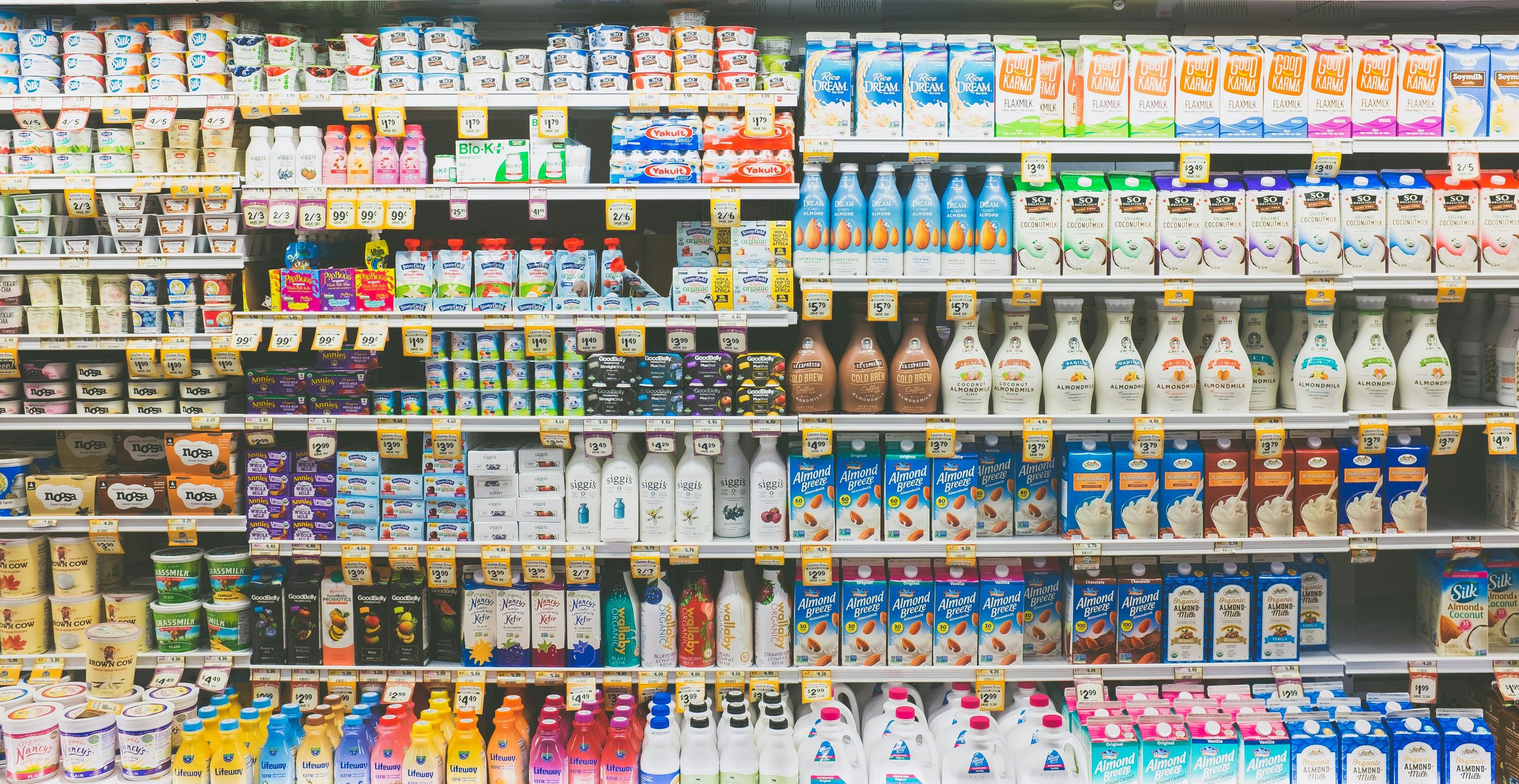A compilation of recent plastic studies
It seems like each week brings a new study about the dangers of plastic, making it increasingly clear that plastic shouldn’t be anywhere near our food. But with countless studies being released, it can be hard to keep up with all the information.
That’s why we created this review of the major plastic studies over the past year, including a summary and the key results of each study. Read on to get the breakdown of this year’s key plastics news.
Microplastics
Microplastics and bottled water
January 2024
In this groundbreaking study, researchers from Columbia and Rutgers University found microplastics in bottled water in concentrations 10 to 100 times more than previously estimated. Researchers tested three brands of bottled water and used laser technology and machine learning to identify particles in the water.
Results
There were 240,000 detectable nanoplastic and microplastic particles in a typical liter of bottled water.
About 10% of the detected plastic particles were microplastics, and the other 90% were nanoplastics. Microplastics are between 5 millimeters to 1 micrometer; nanoplastics are particles less than 1 micrometer in size.
Microplastics and protein
February 2024
Researchers bought 16 common protein products, including seafood, meat, and plant-based proteins, from a store. They tested these products for microplastic contamination.
Results
On average, there were 74 microplastic particles per serving of protein.
American adults consume an average of 11,000 microplastics particles from these protein sources each year.
Microplastics and baby food
June 2023
Researchers examined the release of microplastics and nanoplastics from plastic containers and reusable food pouches under multiple usage scenarios.
The study found that microwave heating led to the highest release of microplastics and nanoplastics.
Some containers can release as many as 4.22 million microplastic and 2.11 billion nanoplastic particles per square centimeter after microwaving.
Refrigeration and room-temperature storage for more than six months can also release millions to billions of microplastics and nanoplastics.
Microplastics and heart health
March 2024
Researchers tested participants for microplastics and nanoplastics in their carotid arteries. They then followed up with the patients for about three years to see which patients encountered heart health issues.
Results
Patients who had microplastics and nanoplastics in their carotid arteries had a higher chance of health issues, including stroke or death, than patients who did not have microplastics or nanoplastics in their carotid arteries.
This points to a correlation between microplastics and nanoplastics and heart health.
Plastic chemicals
Plastic chemicals in food and food packaging
January 2024
Consumer Reports tested 85 foods for phthalates, chemicals that make plastic soft and flexible. They tested fruits, vegetables, prepared meals, dairy products, fast food, and more.
Results
The study found phthalates and related chemicals in nearly all foods tested.
Phthalates have been linked to health problems such as insulin resistance, high blood pressure, and reproductive issues.
Plastic chemicals and obesity
January 2024
Chemicals added to plastic, such as BPA and phthalates, are known endocrine disrupting chemicals, which means that they have the potential to disrupt the actions of hormones. Researchers reviewed previous studies about endocrine disrupting chemicals to analyze the effect of these chemicals on obesity.
Results
Overall, the bulk of evidence suggests a link between exposure to BPA and phthalates and obesity.
BPA and phthalates have been linked to insulin resistance, hypertension, hormone imbalances, and other disorders related to obesity.
Bottom line
Scientists have long suspected that microplastics are common in our everyday environment and that these plastics have negative consequences for human health. And over the past year, microplastics have been found in items from bottled water to baby food containers. These new studies make the extent of microplastic exposure increasingly clear.
While it’s impossible to completely eliminate plastic from our food systems, we can take steps to decrease plastic exposure for ourselves and our communities. That’s why USEFULL created 100% plastic-free takeout containers. These containers completely eliminate plastic from the takeout process and minimize exposure for students, staff, and community members. Simply put – when it comes to the health of our clients, stainless steel and silicone are a top choice.
Do you have any questions, or are you curious to learn more about plastic-free takeout? Feel free to contact us. We would love to hear from you!


